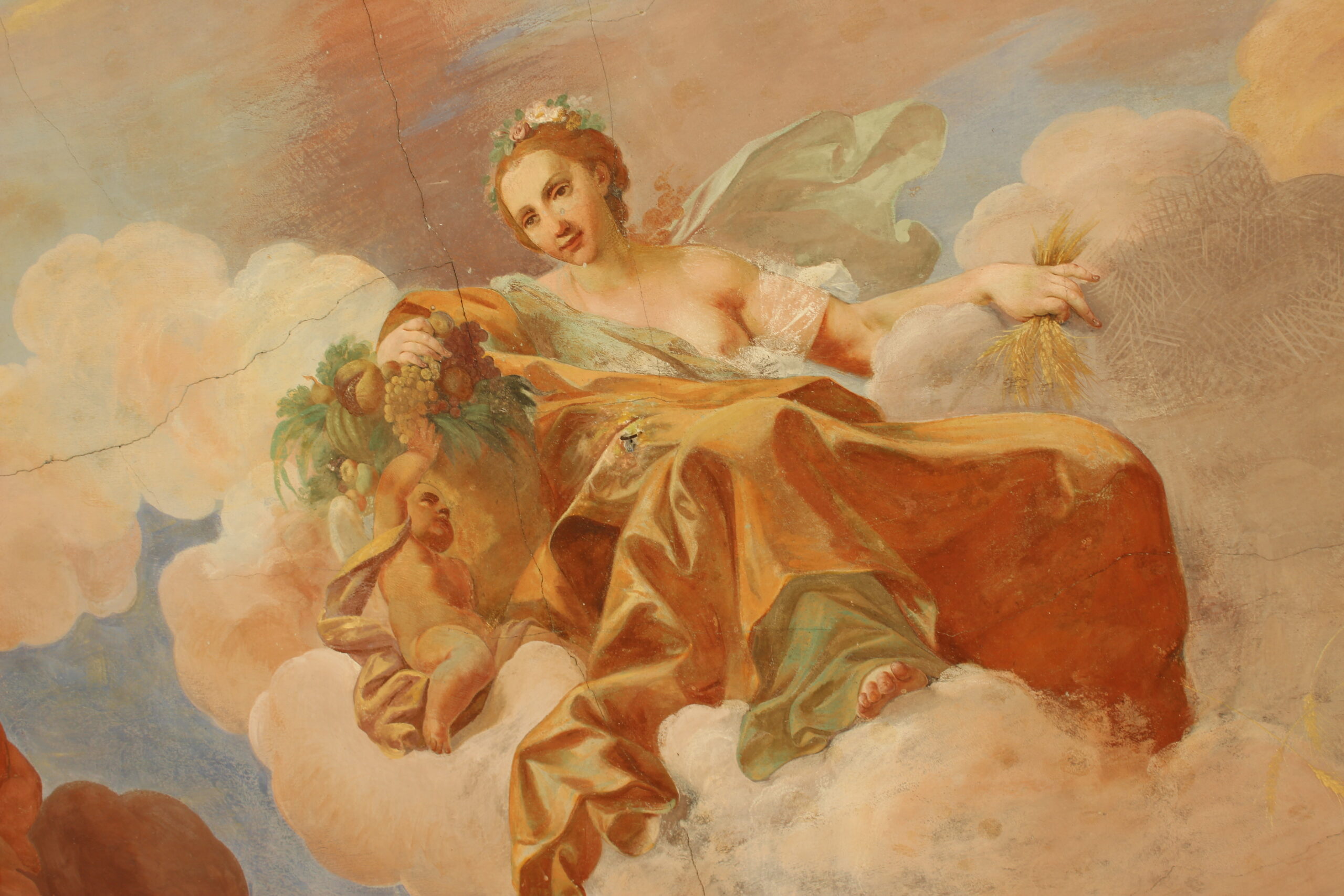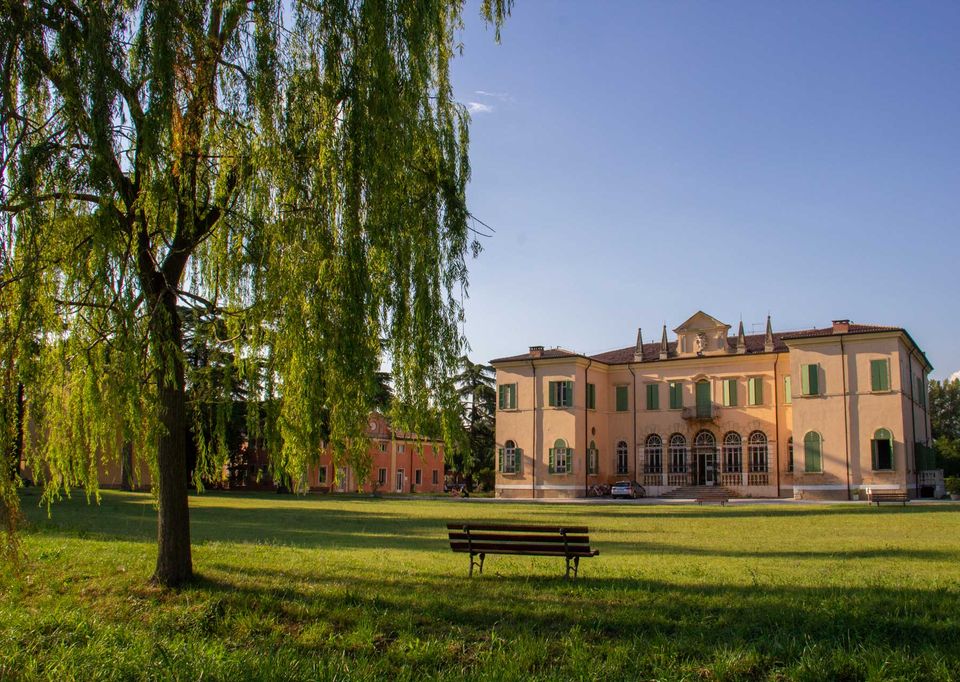
Villa Bernini Buri is a monumental complex that includes a villa-palace, a chapel, some cottages and a large park, covering about 13 hectares.
According to tradition, it was built by Gian Antonio Spolverini in the early 1600s, following a design by Bernardino Brugnoli, who was a nephew of Sanmicheli. However, records indicate that the Buri family was present there as early as 1574.
The Counts of Buri dedicated themselves to agricultural reclamation and adorned their mansion with magnificent artworks, including an altarpiece by Caroto and a Madonna and Child by Liberale, as well as fine furniture and an archive with manuscripts and parchments. Unfortunately, during the end of World War II, the estate suffered from looting by the local population, leading to the loss of many of these precious items. The only artwork that was saved was the Caroto altarpiece, which was later donated to the City of Verona by Giuseppe Bernini Buri, the last representative of the lineage.

From 1953 to 1959, the villa was given to Mario Mazza, one of the founding “fathers” of the Italian Catholic Scouting and the founder of MASCI. He studied as educator and he envisioned a school for “learning by doing” for the boys under his care.
In 1961, the villa was purchased by the Sacra Famiglia Institute of Chieri (Turin), which restored the building and added extensive landscaping with many plants. In 1984, Villa Buri was opened to outside initiatives, giving it a new identity and transforming it into a place of public interest and enjoyment. From 1987 to 1997, a Diocesan Middle School was based there, and in 1994 it became the current Day Care Center for minors.
In September 2001, a group of Veronese Associations began developing a cultural-educational-social project. In 2002, Villa Buri was purchased by Marina Salamon and Marco Benatti, who believed in the development of the Associations’ project, and they provided the complex with a multi-year free loan.
As a result, the Villa Buri Onlus Association, a non-profit Organization of Social Utility, was founded in 2003, and since then it has been taking care of the place, organizing enriching initiatives, and keeping it constantly open to citizens.


